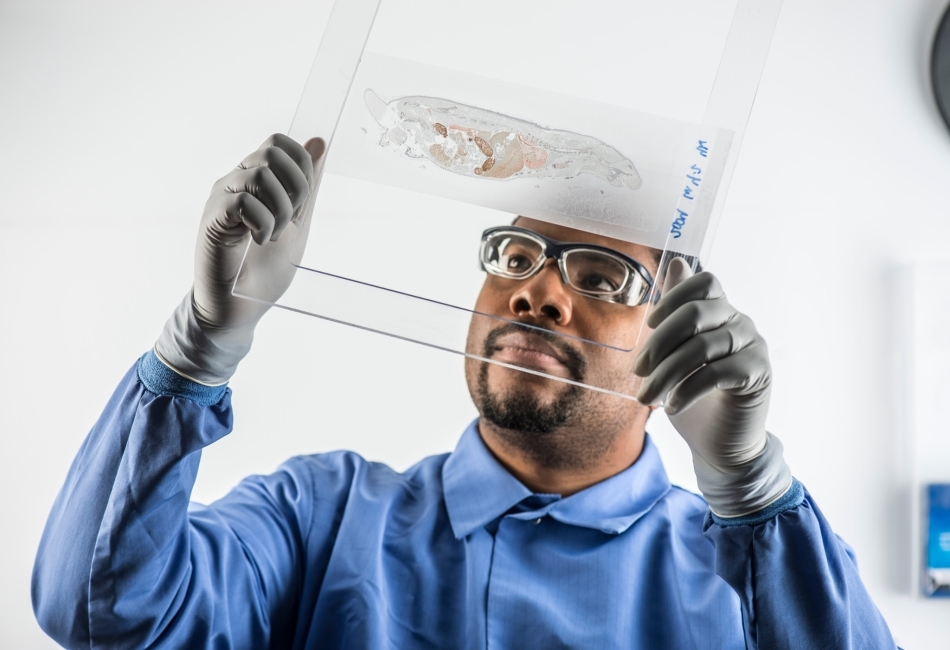The Integral Role of Preclinical Studies in Drug Development
Key Takeaways
- Preclinical studies are critical for evaluating the safety and efficacy of new drugs before human testing.
- These studies involve a range of laboratory tests and animal research to gather crucial data.
- Understanding the various steps in preclinical research can demystify the drug development process for stakeholders.
Table of Contents
- What Are Preclinical Studies?
- The Importance of Preclinical Studies
- Types of Preclinical Studies
- Regulatory Requirements for Preclinical Studies
- Future Trends in Preclinical Studies
- Final Thoughts
What Are Preclinical Studies?
Preclinical studies are a crucial phase in the drug development process. They encompass a series of laboratory tests and animal studies designed to assess the safety and efficacy of a compound before it progresses to human trials. At the IND enabling stage, researchers collect essential data on pharmacokinetics, pharmacodynamics, and toxicology to identify potential risks. This stage is a fundamental prerequisite for ensuring that the candidate drug has the necessary scientific merit to proceed to human trials. Preclinical research lays the groundwork by providing a framework of knowledge pivotal for subsequent phases, thereby minimizing the likelihood of adverse events during late-stage testing. These early studies facilitate the understanding of how a new drug works under controlled laboratory conditions. This involves using various biological assays, cell cultures, and animal models to evaluate the drug’s basic properties and its potential therapeutic benefits. The insights garnered during this phase are invaluable, guiding researchers in formulating hypotheses that can be rigorously tested in clinical trials.
The Importance of Preclinical Studies
With preclinical studies, it is possible to determine whether a new drug is apt for human use in terms of safety and efficacy. These studies provide essential insights that help shape further development and avoid costly failures in later stages. According to the FDA, rigorous preclinical testing is an indispensable regulatory necessity. This phase acts as a sieve, ensuring only promising and safe candidates move forward.
Moreover, preclinical research helps to establish the ‘starting dose’ for clinical trials, optimizing the dosage range that is most likely to be safe and effective in humans. The data generated also helps researchers to identify potential adverse effects and evaluate the pharmacological profile of the candidate drug. This eliminates early-stage risks, thereby saving time and resources and potentially lives in the long run.
Types of Preclinical Studies
Preclinical studies can be broadly categorized into several types, each serving a specific function in the evaluation process:
- In vitro studies:These are laboratory experiments conducted in test tubes or petri dishes. In vitro, studies help researchers understand the biological activity of a compound at the cellular or molecular level.
- In vivo studies:These involve animal research to assess the biological effects of a compound in a whole organism. In vivo studies are crucial for understanding complex interactions within a living system.
- Toxicological studies:These studies evaluate the safety and adverse effects of the drug. Toxicology assessments help identify potential toxicity, side effects, and safe dosage ranges.
- Pharmacokinetics:These studies examine how the drug is absorbed, distributed, metabolized, and excreted in the body. Understanding pharmacokinetics is vital for determining the appropriate dosing regimen.
By integrating data from these various studies, researchers are able to build a comprehensive profile of the drug candidate. This approach ensures a more robust understanding of the drug’s potential and highlights any areas that may need further investigation before proceeding to human trials.
Regulatory Requirements for Preclinical Studies
Regulatory agencies such as the FDA and EMA have stringent guidelines governing the conduct of preclinical research. These agencies require comprehensive documentation and data to ensure that a drug is safe for initial human trials.
Compliance with regulatory guidelines involves adhering to Good Laboratory Practices (GLP), which dictate the standards for study design, data collection, and reporting. This ensures the reliability, reproducibility, and ethical considerations of preclinical research. Proper documentation includes detailed protocols, raw data, and analytical reports, which are meticulously reviewed by regulatory bodies before approving human trials.
Future Trends in Preclinical Studies
Preclinical research is about to undergo a revolution because of technological advancements like machine learning and artificial intelligence (AI). Preclinical investigations may become more accurate and more economical as a result of these advancements. AI systems can streamline the drug discovery process by analyzing enormous volumes of data to find trends and forecast results. As alternatives to conventional animal models, new developments in 3D cell culture, organ-on-a-chip technology, and SPR assays are increasingly gaining popularity. These sophisticated methods more closely resemble the physiological conditions of humans, improving the ability to anticipate medication reactions. It is anticipated that these technologies will become more and more critical in the early phases of drug development, improving the process efficiency and humanity.
Final Thoughts
Preclinical studies are an indispensable part of the drug development process. They provide invaluable insights into the safety and efficacy of new compounds, making them essential for successful drug development. Staying updated on regulatory requirements and emerging trends can help researchers overcome challenges and improve outcomes in preclinical research. By integrating innovative technologies and adhering to rigorous regulatory standards, the drug development industry can continue to advance, bringing new therapies to market more efficiently and safely. The ongoing evolution of preclinical studies holds great promise for the future of medicine, ultimately benefiting patients worldwide.







